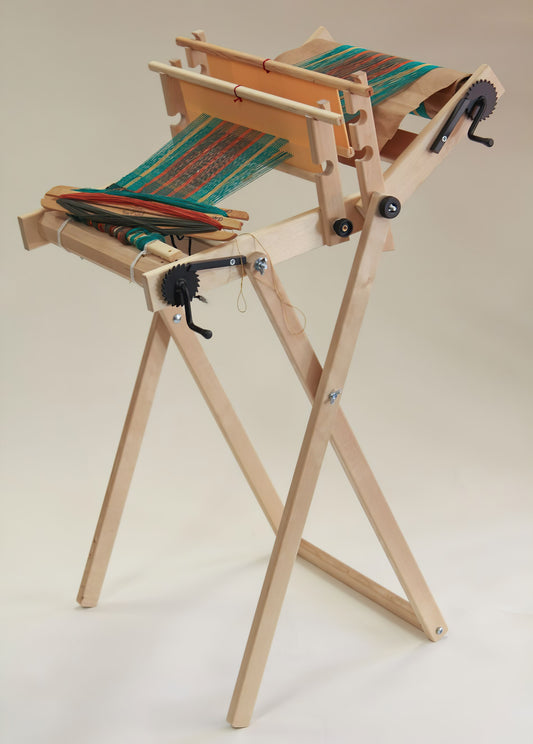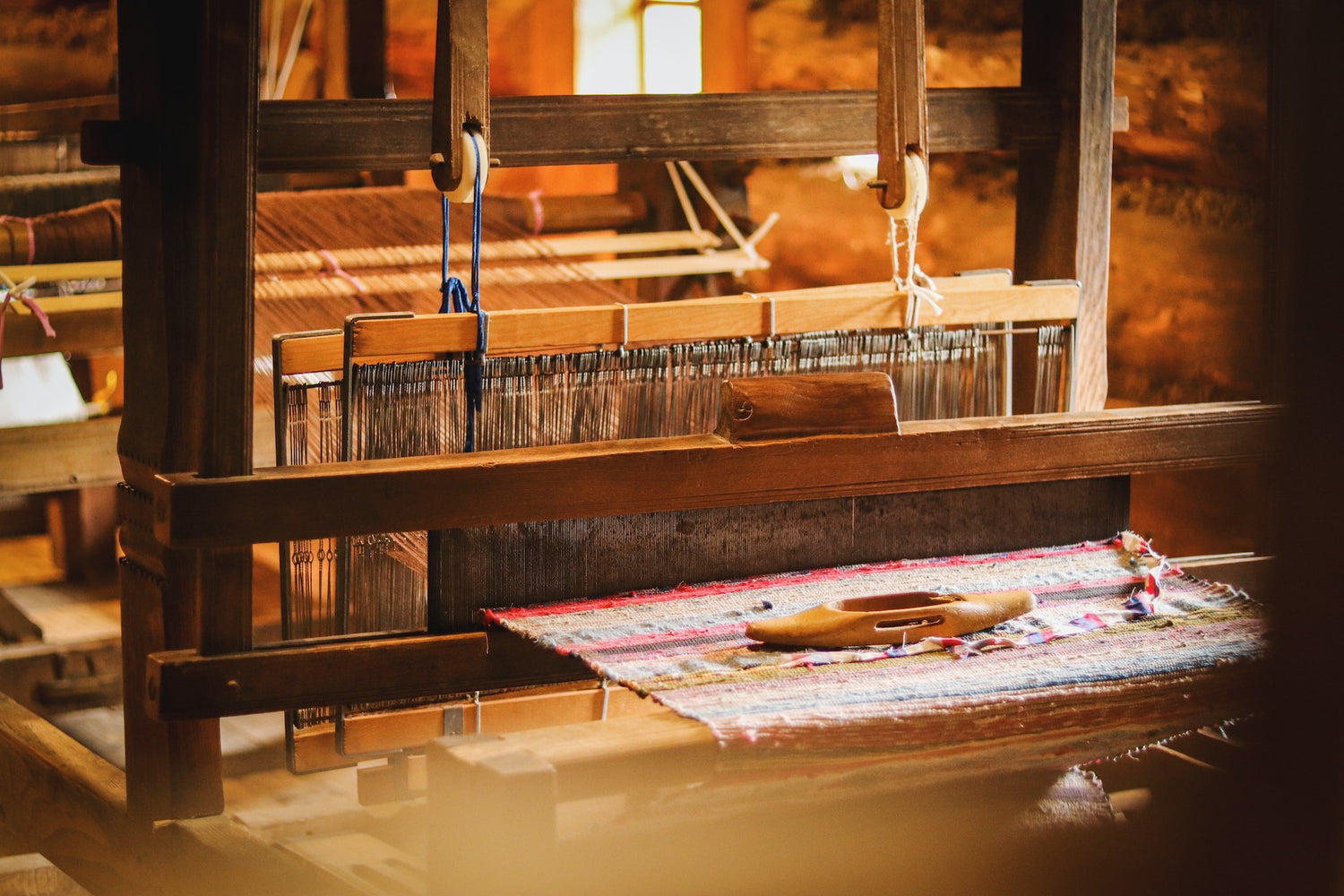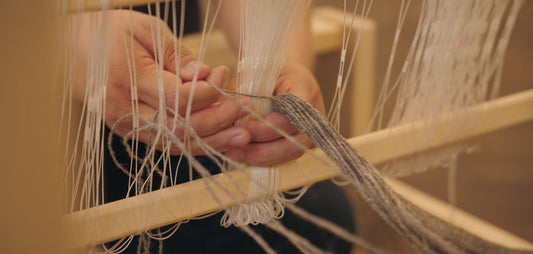
🎉 New in the shop 🎉
We are pleased to introduce the new Siru loom. Scandinavian design meets innovative Finnish craftsmanship.
Our most popular products
-
Kromski Harp Forte Loom
Regular price From 239,00€Regular priceUnit price per -
Kromski Presto loom
Regular price From 199,00€Regular priceUnit price per -
 Sale
SaleGlimåkra Emilia Loom
Regular price From 279,00€Regular priceUnit price per299,99€Sale price From 279,00€Sale -
Glimåkra Inkle Loom
Regular price 314,50€Regular priceUnit price per

Renaissance of weaving
Weaving is becoming popular again throughout Europe. At the Berliner Webstühle we believe in the unique combination of craftsmanship , tradition and creativity . Our goal is to support weavers in developing their creative potential.
Voices of happy weavers
-

"It's great that Berliner Webstühle combines the traditional craft of weaving with a modern shopping experience, including a warranty, fast shipping, and advice. I was very satisfied." Anja Lohrenz
-

"I am firmly convinced that our society is beginning to appreciate handmade products made in Europe again. We cannot import cheaply from China forever." Leonard Thelen
-

"With weaving, I have finally found an activity where I forget everything around me and live in the moment." Sophie Lehmann
Frequently asked questions
What can you do with the craft of weaving?
Weaving can be used to make a variety of things, including clothing, textiles, carpets, blankets, scarves, bags and many other handcrafted products. It is a traditional technique that serves both practical and aesthetic purposes and offers creative design possibilities. In recent years, weaving has been gaining popularity again in Germany.
How does weaving work and what types are there?
Weaving, also known as binding, is the skillful interweaving of two thread systems - the vertical weft thread and the horizontal warp thread - to create a diverse fabric. The basics of weaving include three main types of binding: plain weave, twill weave and satin weave. These different binding methods create a variety of weaving patterns and textile structures.
Who invented weaving?
The origins of weaving go back a long way in history and are still not fully understood. What is certain, however, is that the oldest remains of woven textiles are around 30,000 years old and come from Georgia. In 1733, the English inventor John Kay revolutionized weaving with the invention of the speed loom. The shuttle could now be pulled from one side to the other using a cord and a driver, which significantly accelerated the weaving process. This groundbreaking innovation paved the way for further advances, and as early as 1785, John Cartwright developed the first mechanical loom in England. These technological developments made weaving more efficient and enabled the mass production of textiles, making a significant contribution to the Industrial Revolution.
How much does a loom cost?
The cost of a loom can vary depending on the type, size, quality and function. Simple handlooms or weaving frames for beginners are often available from around 200 euros. Larger handlooms with advanced functions can cost several hundred to thousands of euros. Mechanical or electronic looms for advanced or industrial applications can cost up to several tens of thousands of euros. Take a look around our shop to get an idea of the prices.












